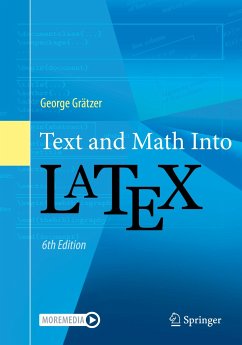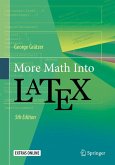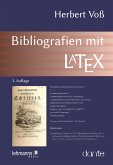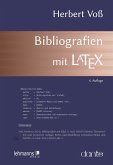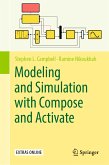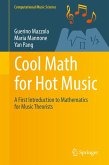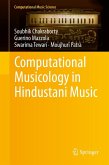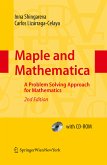The new Chapter 17 describes recent developments that enhance, or replace, BibTeX and the new Appendix C, introduces the reader to ChatGPT.
Key features:
- An example-based, visual approach and agentle introduction with the Short Course
- A detailed exposition of multiline math formulas with a Visual Guide
- A unified approach to TeX, LaTeX, and the AMS enhancements
- A quick introduction to creating presentations with formulas
- A detailed approach to creating illustrations
- Extras are provided on SpringerLink for the following chapters: 1, 2, 3, 4, 6, 7, 10, 11, 13, 14, 15, 16, 17, 18 and Appendices A, B. Readers must visit the HTML version of each chapter and access the Electronic Supplementary Material.
Extras for Appendices A & B can be found in Extras for Chapter 18.
Dieser Download kann aus rechtlichen Gründen nur mit Rechnungsadresse in A, B, BG, CY, CZ, D, DK, EW, E, FIN, F, GR, HR, H, IRL, I, LT, L, LR, M, NL, PL, P, R, S, SLO, SK ausgeliefert werden.

